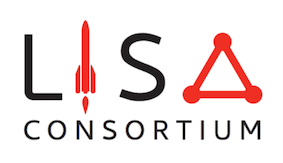Speaker
Description
Crucial aspects of LISA data analysis regard our ability to distinguish the various signals and signatures the LISA data will contain. In particular, signals of stochastic nature will be particularly challenging to sort out, as they could be of instrumental, galactic, astrophysical or cosmological origins, lacking of unique signature to identify them. To tackle this issue, efforts have been put to develop a noise model agnostic strategy in order to extract astrophysical Stochastic Gravitational Waves Background (SGWB) with very flexible assumptions on the noise characteristic [Baghi et al. 2023], utilizing as a lever of separation the distinctive instrument response between single-arm instrumental noise and the signature of a stochastic gravitational strain. On the same lines, now on the signal side, one can use specificities of an astrophysical signal that the instrumental noise has no reason to observe. Kinematic anisotropies (dipolar and quadripolar) are a good example, and could add interesting, complementary information to the Bayesian separation between signal and noise.
Towards such ultimate goal, and following up recent published works from the LISA CosWG, we have put together a full simulation of the response of the instrument to an anisotropic GW sky using the most up-to-date simulation tools from the consortium (full time-domain simulation, LISAGWResponse, pyTDI). From > 3 years simulated datasets, we are studying the capability of LISA to resolve dipolar / quadrupolar kinematic anisotropies, for a scale-free generation as a first test case, then applied to SGWB signals with richer spectral profile (and enhanced anisotropy). We aim at reproducing results from [Bartolo et al. 2022] and [Cusin et al. 2022]. We apply a bayesian analysis method to measure the dipole and quadrupole component which is adapted from [Contaldi et al. 2020] using spectrum averaging and MCMC sampling. More generally, this works put together a first framework for a full time-domain simulation of LISA response to an anisotropic GW sky.

